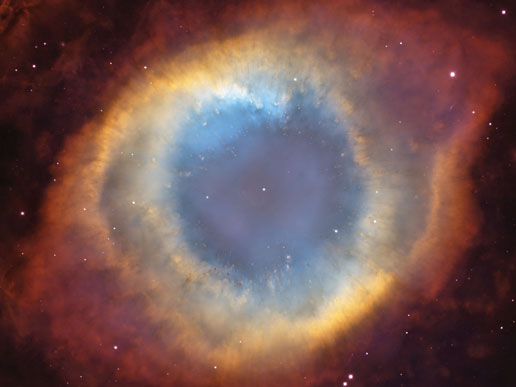|


|
|
Author
Index
P |
Christopher
Priest |
|
Title
Index
The |
The
Prestige |
|
|
|
|
| Year |
1995 |
| Publisher |
Touchstone |
| ISBN |
0684817551 |
|
|
|
Synopsis
|
Christopher
Priest's The
Prestige (the
title of which
refers to the
residue left after
a magician's
successful trick)
is enthrallingly
odd. In a
carefully
calculated period
style that is
remarkably akin to
that of the late
Robertson Davies,
Priest writes of a
pair of rival
magicians in
turn-of-the-century
London. Each has a
winning trick the
other craves, but
so arcane is the
nature of these
tricks, so
incredibly
difficult are they
to perform, that
they take on a
peculiar life of
their own. In
one case involving
a mysterious
apparent double
identity, in the
other a reliance
on the ferocious
powers unleashed
in the early
experimental years
of electricity.
The rivalry of the
two men is such
that in the end,
though both are
ashamed of the
strength of their
feelings of spite
and envy, it
consumes them
both, and affects
their respective
families for
generations.
Publishers
Weekly |
|
|
|
Review
|
Winner
of the World
Fantasy Award and
the James Tait
Black Memorial
Prize
'Few recent
novels have felt
so vividly
imagined.
But, in plotting
his story's
fantastical
triumphs and
reverses,
Christopher Priest
has not neglected
psychological
plausibility.
What makes The
Prestige affecting
as well as
gripping are the
flashes of remorse
both magicians
experience as
their feud gathers
unstoppable
momentum. A
magnificently
eerie novel'
The Sunday Times |
|
|
_______________________________________________________
 |
|
|
Credit:
NASA
|
|
New
Twist on
an Old
Nebula
Looks
can be
deceiving,
especially
when it
comes to
celestial
objects
like
galaxies
and
nebulas.
These
objects
are so far
away that
astronomers
cannot see
their
three-dimensional
structure.
The Helix
Nebula,
for
example,
resembles
a doughnut
in
colorful
images.
Earlier
images of
this
complex
object --
the
gaseous
envelope
ejected by
a dying,
sun-like
star --
did not
allow
astronomers
to
precisely
interpret
its
structure.
One
possible
interpretation
was that
the
Helix's
form
resembled
a
snake-like
coil.
Now, a
team of
astronomers
using
observations
from
several
observatories,
including
NASA's
Hubble
Space
Telescope,
has
established
that the
Helix's
structure
is even
more
perplexing.
Their
evidence
suggests
that the
Helix
consists
of two
gaseous
disks
nearly
perpendicular
to each
other. |
|
NASA
Image of
the day
archive |
|
______________________________________________________
|
|


|

